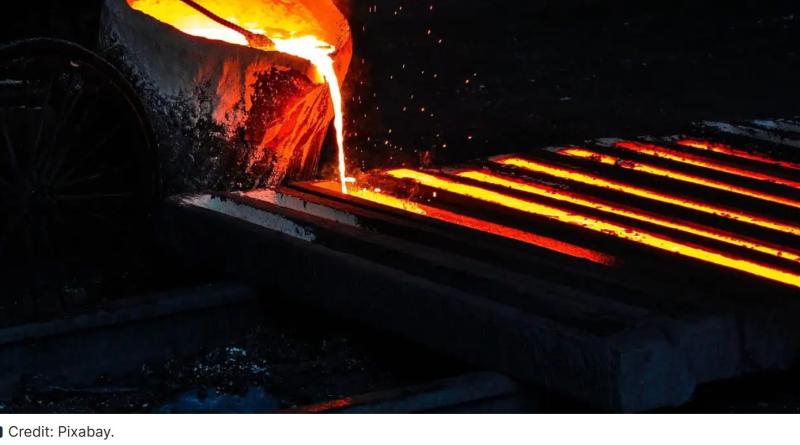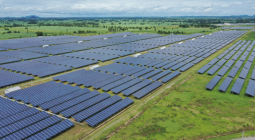Scientists achieve over 1,000 degrees Celsius with solar power alone rather than fossil fuels. A game changer for heavy industries?

When you hear about solar energy, you immediately think of blue panels and clean electricity. However, electricity is just one type of energy. The sun’s energy also provides heat, which helps to keep average temperatures conducive to life. Now, Swiss scientists have harnessed solar power to generate temperatures exceeding 1,000 degrees Celsius (1,830 degrees Fahrenheit), a huge milestone in our quest to replace fossil fuels in energy-intensive industries.
Temperatures over 1,400 degrees Celsius (2,500 degrees Fahrenheit) are required to melt iron ore in steel smithing and heat kilns in cement manufacturing. Typically, these high temperatures are produced by burning copious amounts of fossil fuels. But concentrated solar power could partially cover this energy demand. With future refinements, perhaps solar could meet these needs fully.
Solar Power: A New Hope for High-Temperature Industries
The researchers from ETH Zurich have developed a method to trap solar energy using synthetic quartz, achieving temperatures as high as 1,050 °C (1,922 °F). This proof-of-concept study demonstrates the potential of solar power to provide the extreme heat required by carbon-intensive industries.
“To tackle climate change, we need to decarbonize energy in general,” says corresponding author Emiliano Casati of ETH Zurich, Switzerland.
Industries like glass, steel, cement, and ceramics are fundamental to modern civilization but demand high temperatures and significant energy consumption, currently met by burning fossil fuels. These industries account for about 25% of global energy use.
Traditional solar receivers, which concentrate solar energy using sun-tracking mirrors, struggle to transfer heat efficiently above 1,000 °C. To enhance the efficiency of solar receivers, Casati’s team used semi-transparent materials like quartz to trap sunlight. They created a device by attaching a synthetic quartz rod to an opaque silicon disk. When exposed to concentrated solar energy equivalent to the light from 136 suns, the absorber plate reached temperatures of 1,050°C.
“Previous research has only managed to demonstrate the thermal-trap effect up to 170 °C,” says Casati. “Our research showed that solar thermal trapping works not just at low temperatures, but well above 1,000 °C. This is crucial to show its potential for real-world industrial applications.”
The team also used a heat transfer model to simulate the thermal-trapping efficiency of quartz under various conditions. The results were promising: a quartz-shielded receiver achieved 70% efficiency at 1,200 °C with a concentration of 500 suns, compared to 40% for an unshielded receiver.
Casati and his colleagues are optimizing the thermal-trapping effect and exploring new applications. They have tested other materials, such as different fluids and gases, to achieve even higher temperatures. Additionally, the absorption capabilities of these semi-transparent materials are not limited to sunlight as other forms of radiation can be focused on a receiver for broader applications.
“Energy issue is a cornerstone to the survival of our society,” Casati emphasizes. “Solar energy is readily available, and the technology is already here. To really motivate industry adoption, we need to demonstrate the economic viability and advantages of this technology at scale.”
Edited and reviewed by Zoe Gordon




